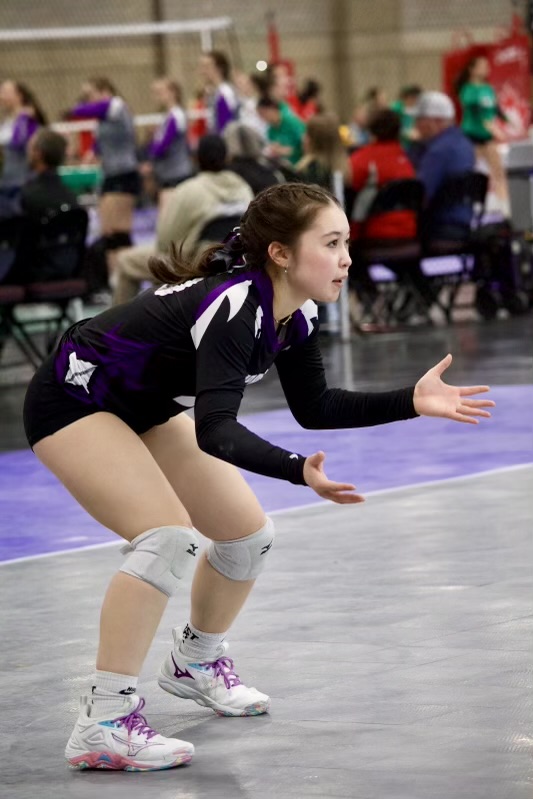Libero Camp
Event Location:
Ecole Sage Creek
A volleyball libero camp focuses on developing the specialized skills required for the libero position, which is primarily defensive and involves ball control, passing, and leadership on the court.
Here are the key skills typically trained:
1. Passing and Serve Reception
– Platform Technique: Refining the platform angle and arm positioning to ensure accurate and controlled passes.
– Movement and Footwork: Practicing efficient footwork to get into position quickly, allowing for optimal passing.
– Reading the Serve: Developing the ability to anticipate where the serve will go and adjust positioning accordingly.
2. Digging and Defense
– Low Stance and Reaction Time: Training on maintaining a low, ready stance to react quickly to attacks.
– Diving and Rolling: Practicing safe and effective diving techniques to reach difficult balls, followed by rolls to quickly return to position.
– Reading the Hitter: Enhancing the ability to read the opposing hitter’s body language and shot tendencies to anticipate attacks.
3. Serve Receive Systems
– Formation Understanding: Learning and practicing different serve receive formations, such as 3-person or 4-person systems.
– Communication in Serve Receive: Coordinating with teammates to cover specific zones and ensure seamless transitions during serve reception.
4. Setting
– Emergency Setting: Developing the skills to make accurate sets when the setter is out of position, especially for out-of-system plays.
– Back-Row Sets: Practicing setting the ball from the back row, often to the outside hitter, to keep the play alive.
5. Ball Control
– Consistency in Touches: Training on controlling the ball with precise touches, whether it’s a pass, dig, or set.
– Handling Tough Situations: Drills focused on handling difficult serves, spikes, and off-speed shots with consistency.
6. Leadership and Communication
– On-Court Leadership: Developing the ability to lead the defensive efforts and organize the back-row players.
– Effective Communication: Practicing clear, concise communication to coordinate defensive plays and ensure team cohesion.
– Motivating Teammates: Training on how to keep the team’s energy and focus high, especially during challenging moments.
7. Reading the Game
– Anticipating Plays: Enhancing the ability to read the game, including the opponent’s offensive strategies and your team’s defensive needs.
– Court Awareness: Developing a keen sense of where teammates and opponents are positioned to make the best defensive decisions.
8. Transition Play
– Defense to Offense Transition: Practicing the quick transition from digging or receiving a serve to preparing for the next play, whether it’s a set or a pass.
– Covering the Setter: Learning how to cover for the setter during plays and ensuring smooth transitions during broken plays.
9. Strength and Conditioning
– Core Strength: Building core stability and strength to improve balance and control during defensive plays.
– Agility and Speed: Enhancing quickness and agility to cover more ground and react faster to balls.
– Endurance: Developing the stamina to maintain high-level performance throughout the match, especially during long rallies.
10. Mental Toughness
– Focus and Concentration: Training to maintain intense focus, especially in high-pressure defensive situations.
– **Confidence in Decision-Making:** Building confidence to make split-second decisions on whether to pass, set, or dig in critical moments.
11. Positioning
– Optimal Defensive Positioning: Learning where to position oneself based on the opponent’s tendencies and your team’s defensive system.
– Adjusting to Different Hitters: Training on how to adjust positioning based on the strengths and tendencies of different hitters.
Libero camps often involve a combination of drills, situational play, and game-like scenarios to reinforce these skills in a controlled yet competitive environment.

